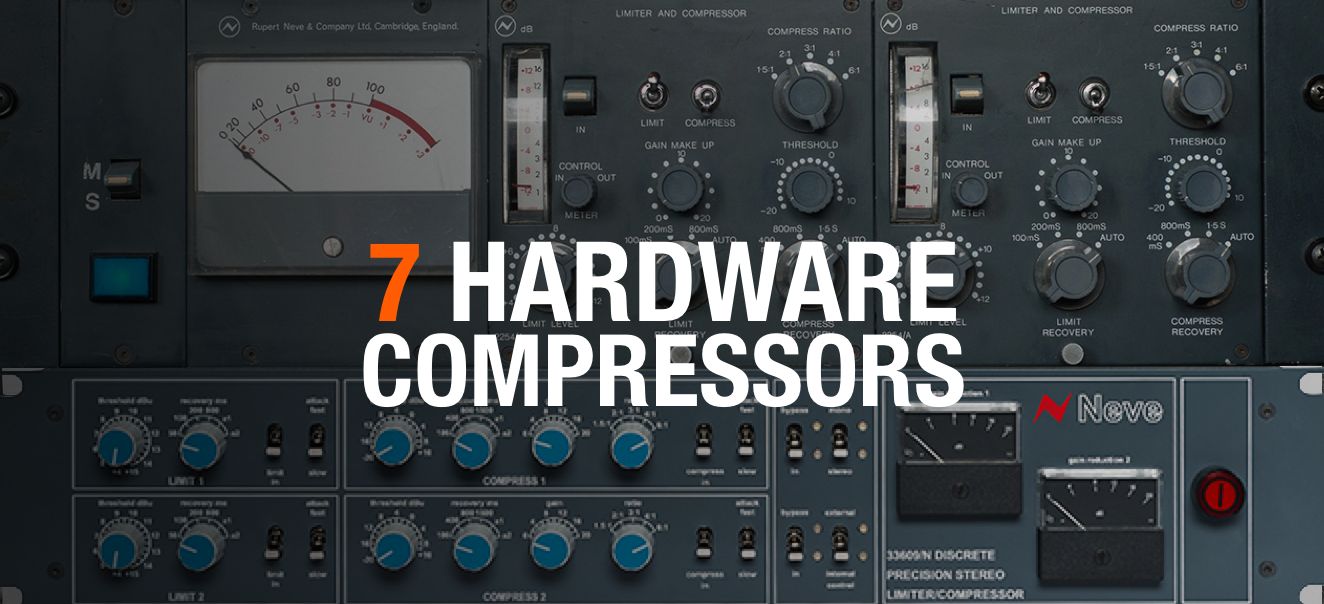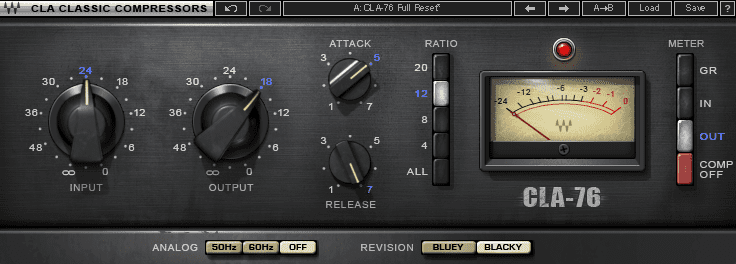

What makes this so unique is the response in the photocell to the light source. The general principle is that an incoming signal’s voltage causes a variation in the intensity of the light source the intensity in the light source as received by the photocell will determine the amount of compression that is applied. Relatively simple in their design, these compressors utilize a photocell and a light source, traditionally a simple lightbulb-like design and in some more modern designs, an LED.

Some of the first purpose-designed compressors were optical compressors. Certain types excel in certain applications, and understanding their function and design can be the key to choosing the right compressor for the job. While all these devices effectively do the same job, not all compressors are created equal. The compressor world can generally be sliced into four different categories: optical, variable-mu, FET and VCA, based on the way that gain reduction is determined and applied. Compressors cover a wide sea of designs and applications in the music world, and trying to determine where to get started with all these various compressor types can be daunting even for the seasoned professional.


 0 kommentar(er)
0 kommentar(er)
